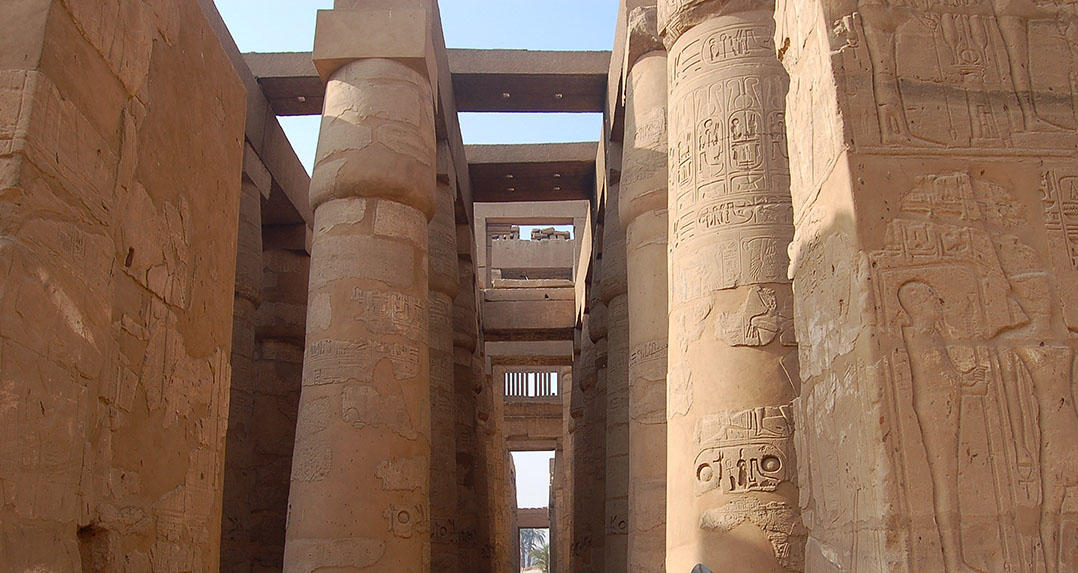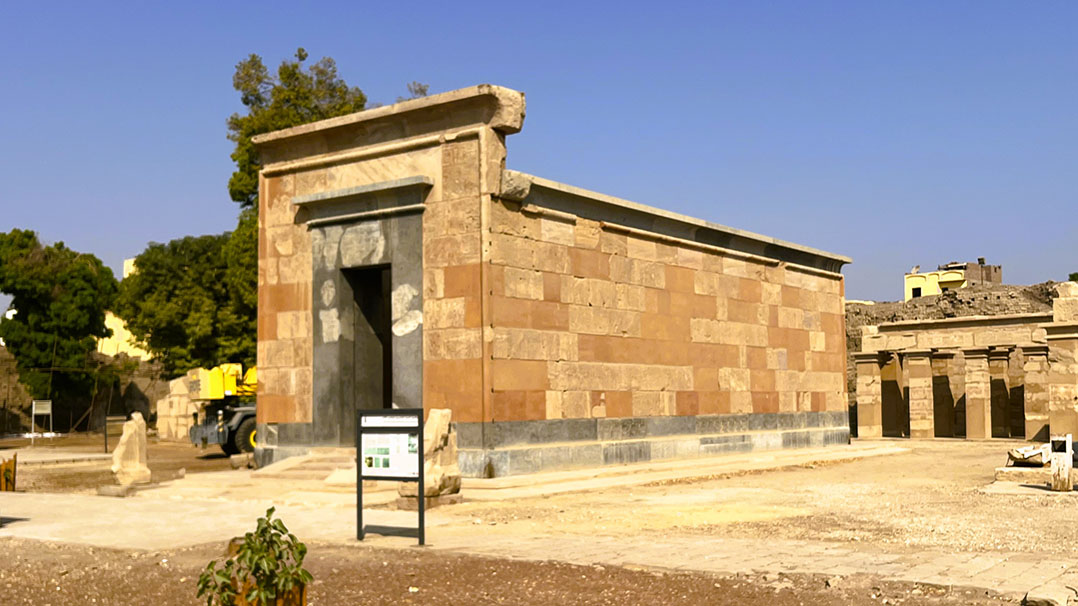In our continuing tour of Egypt, we begin a visit to Luxor at Karnak, Egypt’s second-most visited site.
Karnak is a complex erected between 1970 B.C. and 30 B.C. by about 30 pharaohs, each adding shrines and temples. Encompassing about 900 acres, Karnak is the world’s second-largest temple complex. Most of what remains was built beginning in 1550 B.C., when Thebes (now Luxor) became Egypt’s capital.
Major projects were begun by Pharaoh Thutmoses I and continued by his daughter Hatshepsut, Egypt’s only female pharaoh. Hatshepsut erected two 97-foot-tall granite obelisks in front of a restored temple to the goddess Mut, the wife of Amun-Ra, the area’s primary god at the time. One of them is the world’s second-tallest standing obelisk. Hatshepsut also built the Red Chapel, reconstructed in 1997 from its original materials.
In about 1450 B.C, Pharaoh Thutmoses III built the Sacred Lake near the temple honoring Amun-Ra. Stone steps around the lake lead into the water, which symbolized the primeval waters of creation. Priests purified themselves in the lake before performing religious rituals. Religious scholars believe the Sacred Lake was probably the origin of water purification rituals in Judaism, Christianity and Islam. The great hypostyle hall, honoring Amun-Ra, was completed by Pharaohs Seti I and his son, Ramses II, often considered the pharaoh of the Exodus. The hall, the largest in the world, occupies 1.2 acres and includes 134 columns arranged in 16 rows, with the two taller rows in the middle each including six 80-foot-high columns having a diameter of ten feet. All the columns and surrounding walls are covered with hieroglyphic reliefs honoring Amun-Ra, Seti I, and Ramses II.
By about 350 B.C., a 2,000-meter-long avenue flanked by 600 sphinxes connected the Luxor Temple to Karnak. Some of those ram-headed sphinxes still lead to the main entrance of Karnak.








